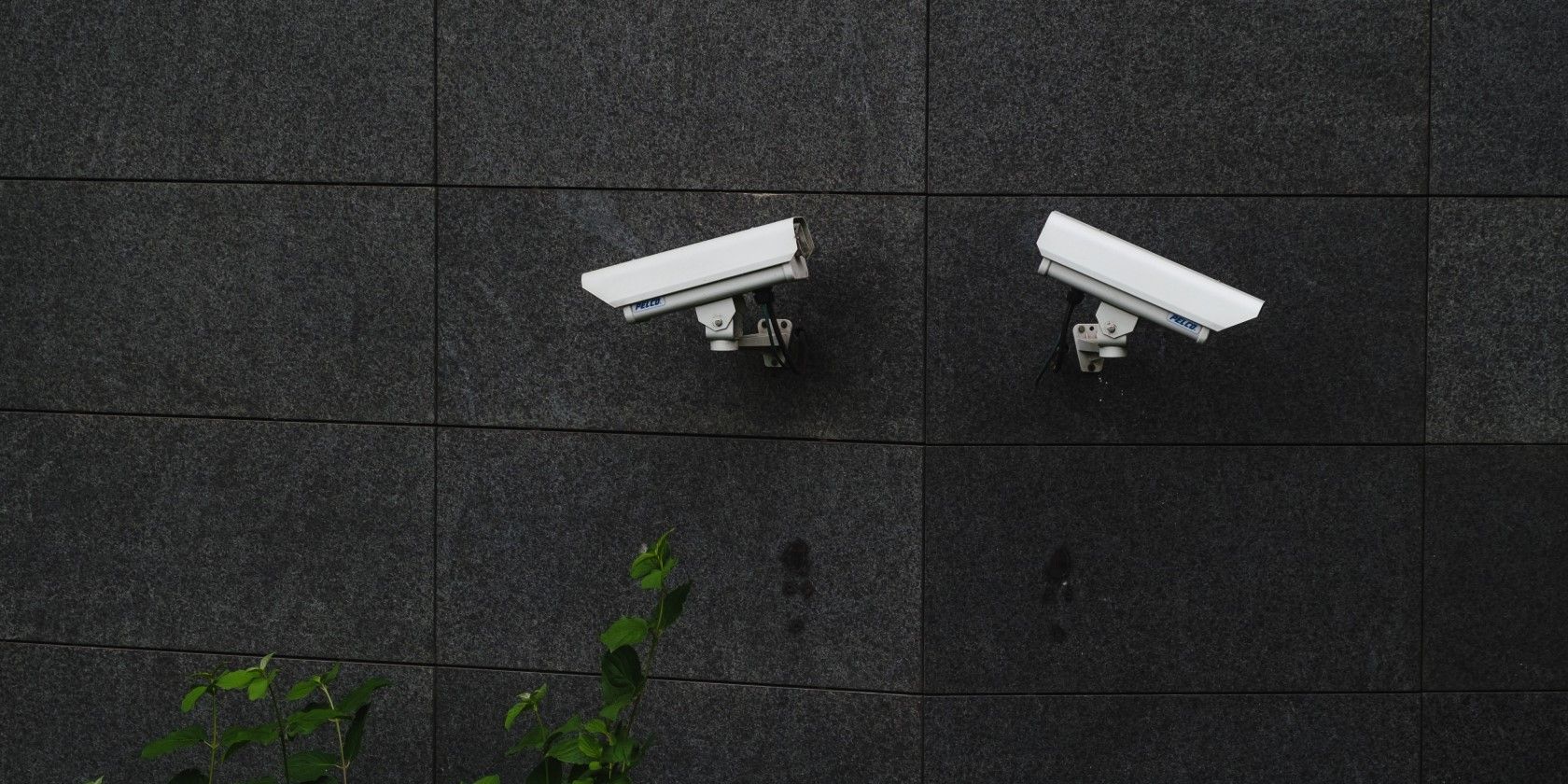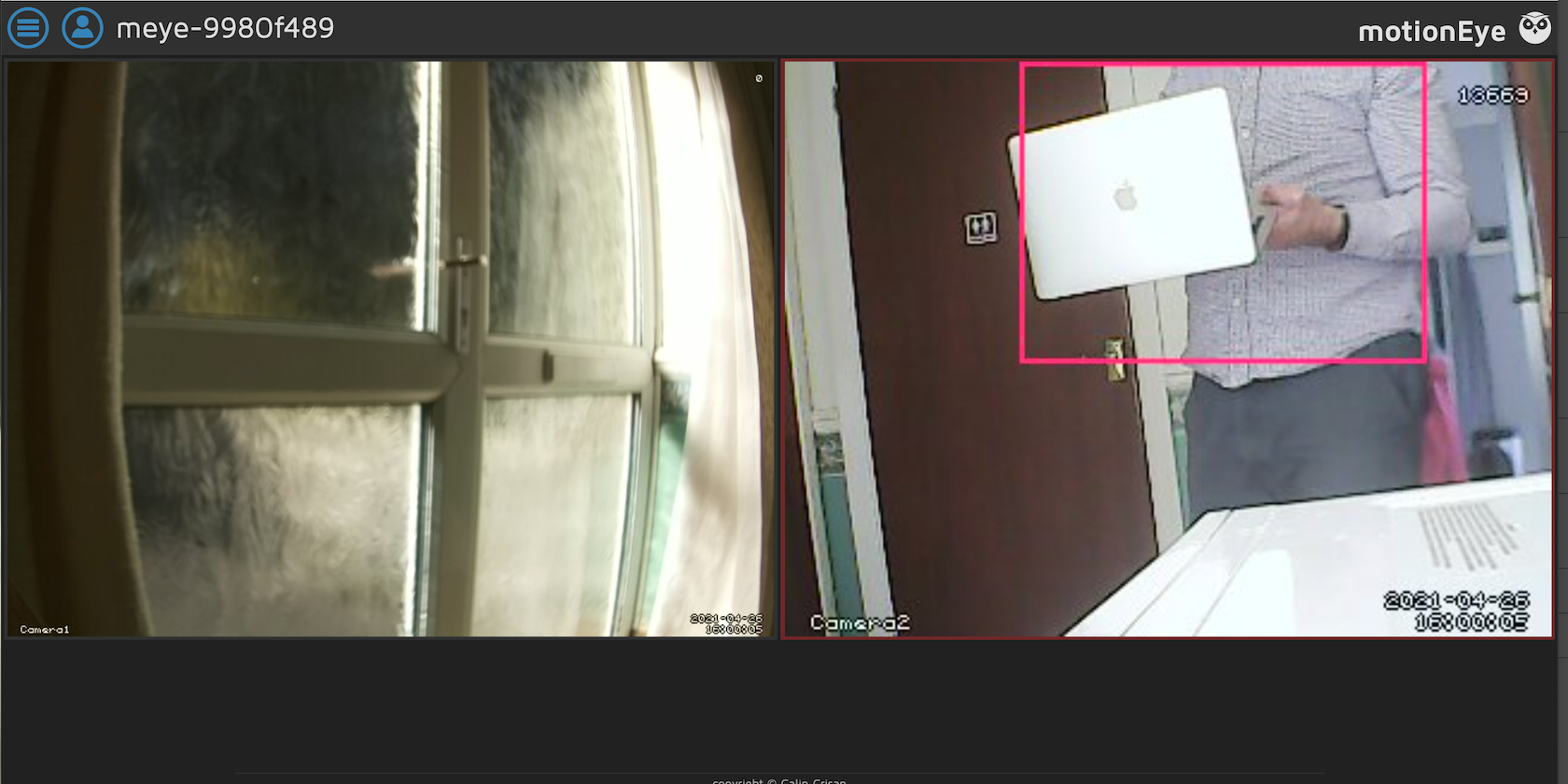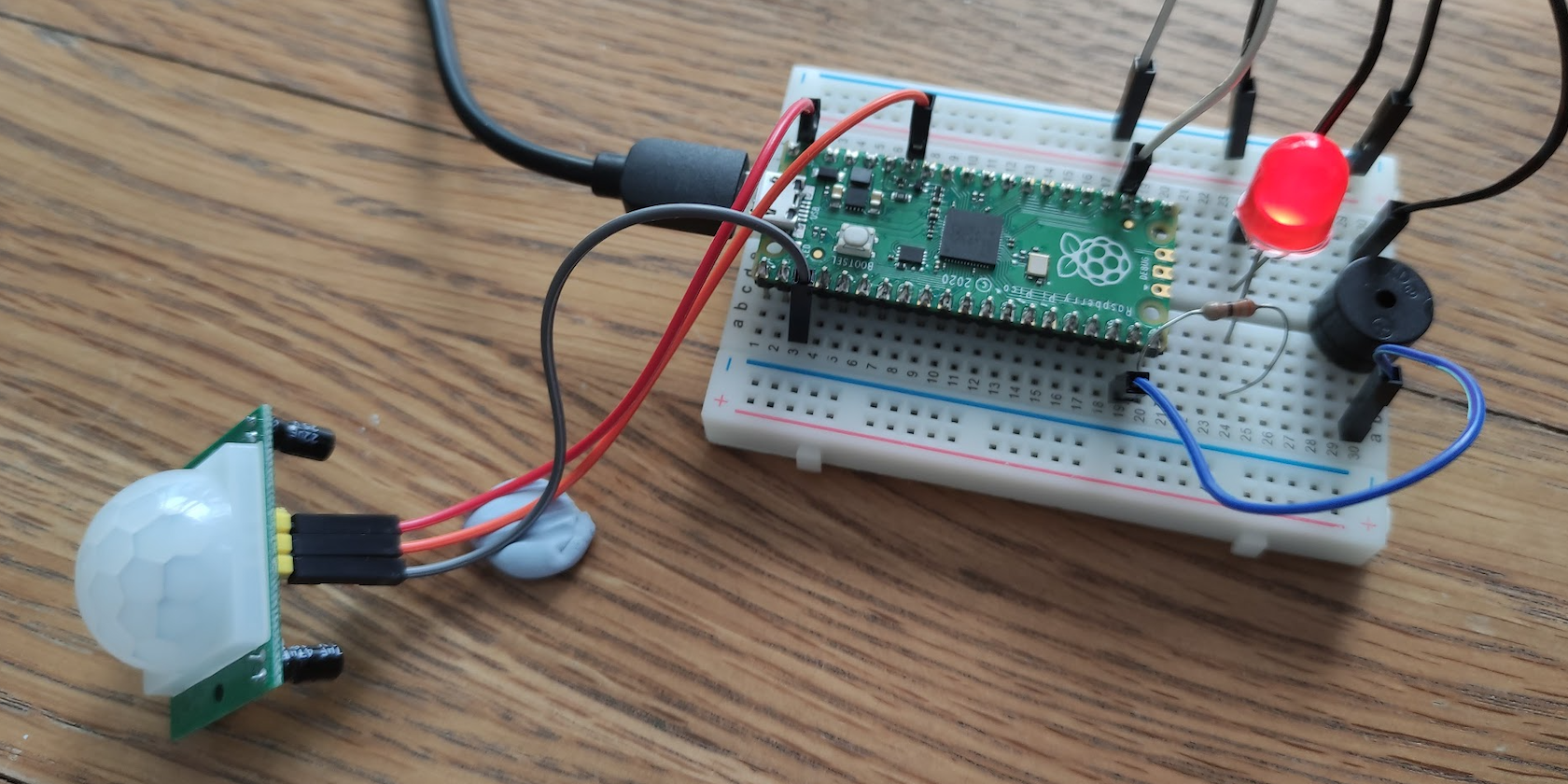Perhaps you've been considering installing a home security system to better protect yourself and your family. Unfortunately, it can be quite expensive to sign up for most home monitoring services.
If you would rather not shell out for professional services, you can always go the do-it-yourself route. Building your own security system will not only save you money but also give you the flexibility to customize your system exactly to your specifications.
Take a look at five of the best DIY home security systems you should consider building for your house.
1. Multi-Camera CCTV System With Raspberry Pi and motionEyeOS
You probably want to have some sort of motion detection in your DIY home security system. MotionEyeOS, one of the many operating systems available for Raspberry Pi, can help you achieve this.
Designed to turn your Raspberry Pi into a video surveillance system, motionEyeOS is super-easy to install. You simply write its image file to your microSD card, preconfigure your Wi-Fi connection, and insert the card into your Raspberry Pi equipped with one or more cameras (USB, Raspberry Pi, and IP cameras are supported).
After setting up your Raspberry Pi, you can then access motionEyeOS's web-based, user-friendly interface in a browser on a separate computer. Play around with the settings to get the kind of customization you want, such as the layout of the camera view, the resolution and rotation of the camera, and whether you want the camera to detect motion or capture still images.
The best part about this DIY security system is that you can use most of the features of the OS without any coding required! For instance, you can create a schedule, receive email notifications, and have the system automatically upload your photo and/or video files to Google Drive or Dropbox for easy access.
2. DIY Home Security Alarm System Using Home Assistant
What makes most mass-produced security systems attractive is their smart capability. You can easily connect to your cameras and alarms from anywhere around the world, allowing you to keep an eye on things even when you're away.
If you're looking to add this functionality to your home, then this alarm system using Home Assistant is one of the best DIY home security systems for you. This project sends an alert on your phone whenever your door is being opened while you're on vacation.
It's pretty straightforward on the hardware front. You have a magnetic reed switch secured to the doorframe and a magnet attached to the door itself. Whenever the magnet gets too close, the reed switch is triggered, providing a clear indication of whether the door is open or closed. An ESP8266 microcontroller then transmits the status of the reed switch via Wi-Fi.
What makes this project ‘smart’ is the Raspberry Pi installed with Home Assistant software – an open-source home automation platform that lets you connect both DIY and off-the-shelf products to create a smart home.
With the Home Assistant image file installed, the Pi will act as a bridge between the ESP8266 and your PC or smartphone. This way, you can program your ESP board through Home Assistant’s web-based user interface and control it via the Home Assistant app on your Android or iOS device.
3. Intruder Alarm Using Raspberry Pi Pico
So you want to build a DIY security system but are just learning how to code. If that's the case, one of the best DIY home security systems you should consider is this intruder alarm project that is quick and easy to implement.
In this system, you will need the Raspberry Pi Pico, an HC-SR501 PIR (passive infrared) sensor, and a buzzer and LED for signaling. When the PIR sensor senses that someone is nearby, it will trigger the buzzer to alert you. Additionally, the LED will light up for visual indication.
Since the system uses only a few lines of MicroPython code that is easy to follow and understand, it makes tweaking the project a cinch. You could easily add a second PIR sensor pointed in a different direction to cover another area of the home.
The best part about this project is that the components are small enough to make it inconspicuous, enabling you to place it anywhere in your home without it drawing the intruder’s attention.
4. Wireless Motion Detector With Arduino
An upgrade to the previously mentioned intruder alarm system is this wireless Arduino-based motion detector. Unlike the other one where the PIR sensor and the buzzer are connected to a single Raspberry Pi Pico, this project separates the motion detector and the signaling component onto two Arduino boards.
This gives the system additional versatility since you can place the motion detector board even outside the house and still be able to hear the buzzer board clearly (since you can put it indoors). This is thanks to the 433 MHz RF transmitter and receiver modules connected to the Arduino that allow a transmission range of up to 100 meters.
The RF transmitter connects to the motion detector board. As soon as the PIR sensor detects a person nearby, the transmitter sends a signal to the RF receiver. This then activates the alarm system, which, in this project, is a buzzer.
5. Simple Arduino Laser Alarm System
If you're thinking about creating a cheap home security system by yourself but want to start small, consider this basic laser alarm system. All you need is an Arduino, a buzzer, a light-dependent resistor (LDR), and a laser module.
The project is based on the principle of interruption, with the laser beam pointed at the LDR. This way, any time an object goes in between them and blocks the laser light hitting the LDR, the alert will be triggered and the buzzer activated.
You can install this system on your bedroom door, so your sibling won't be able to sneak up on you again. It's also great for securing the precious collectibles on your display shelf. To prevent any harmful effects, just remember not to place the laser beam anywhere where it might shine into someone’s eyes.
Save Money With a DIY Home Security System
Home security nowadays offers a wide range of solutions for homeowners, ranging from DIY home alarm systems to professionally installed and monitored ones.
But whichever system you pick, what matters most, in the end, is the peace of mind that comes from knowing you and your family are safe from anyone entering your house without your permission.



